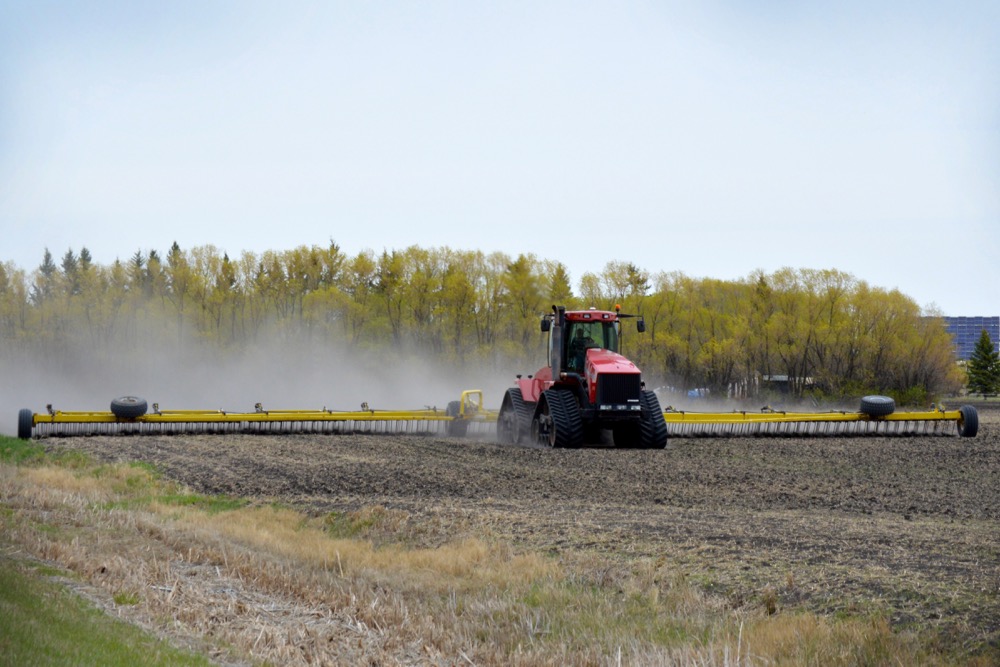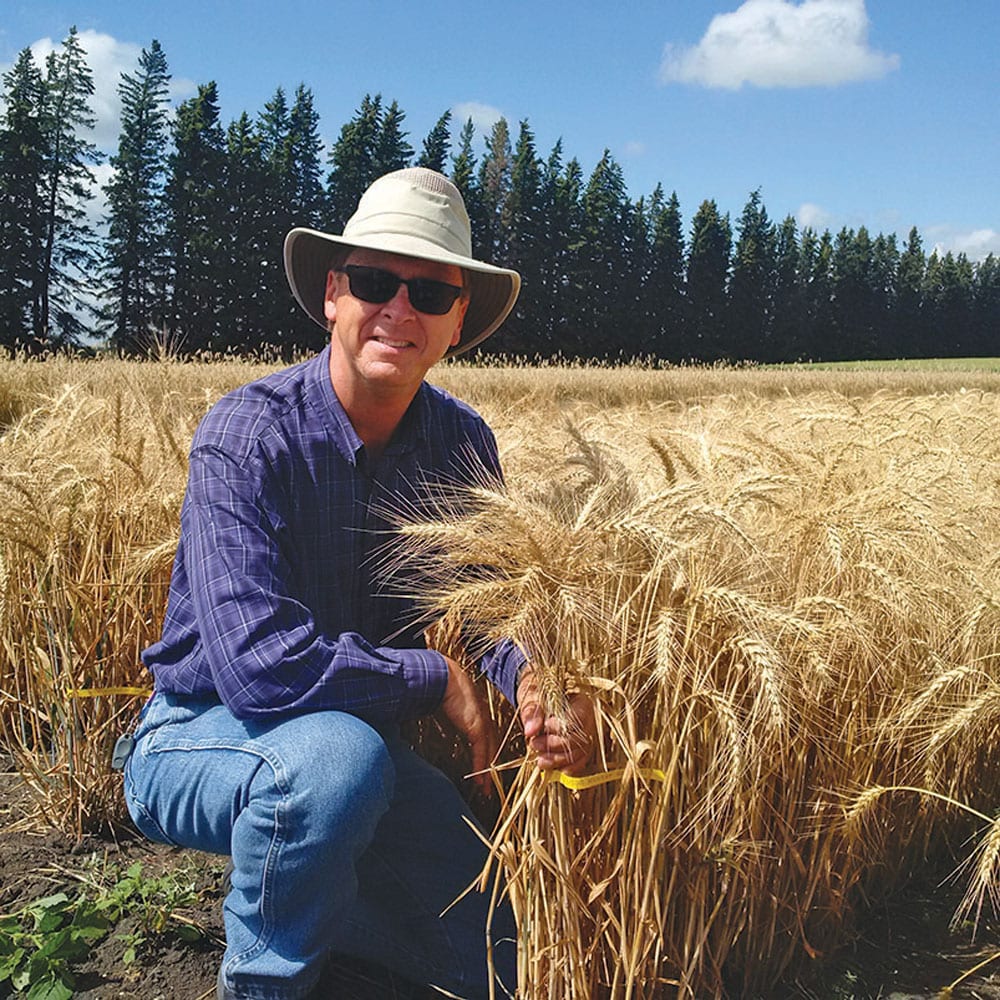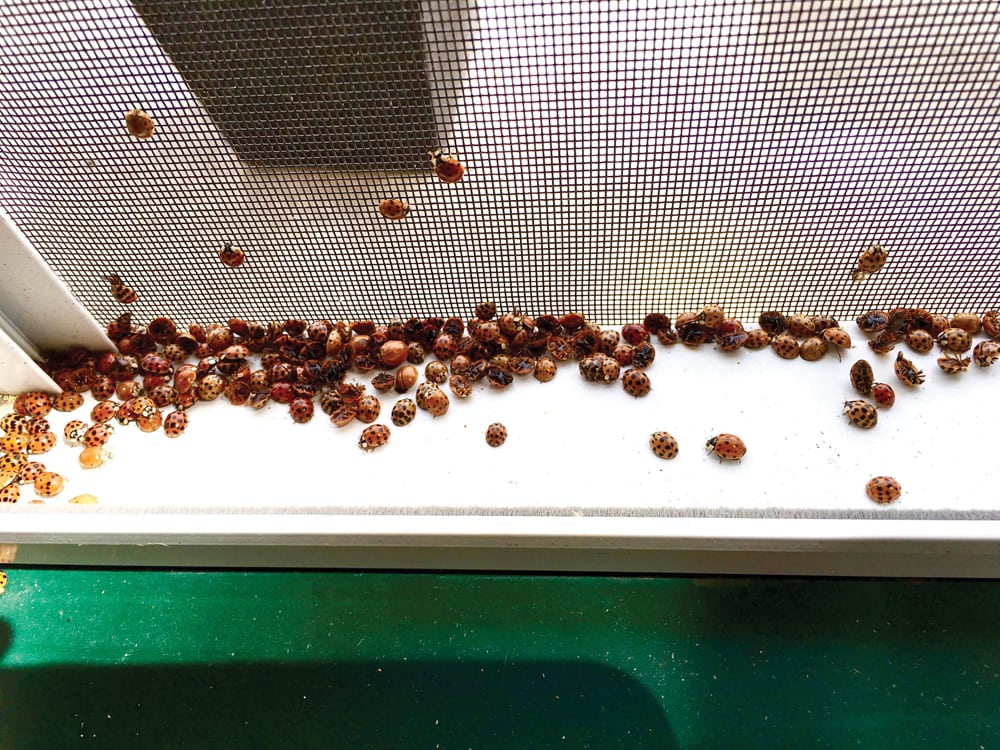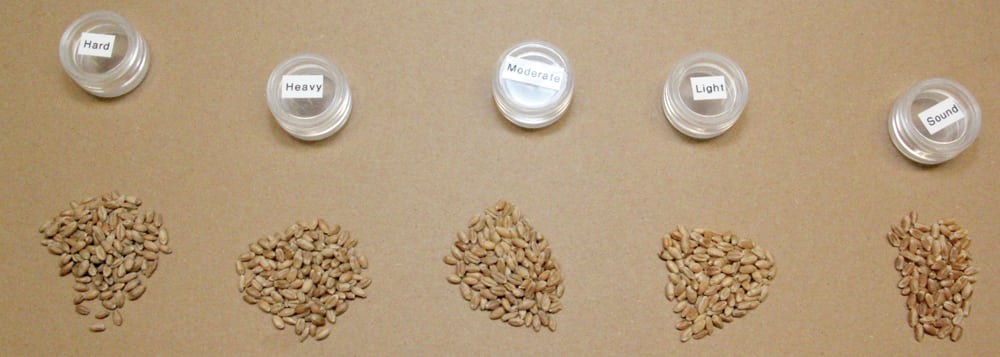A high-yielding corn crop isn’t worth much if it doesn’t mature before the first killing fall frost.
That’s why days to maturity should be the first criterion when picking a hybrid, followed closely by potential yield, according to Pam de Rocquigny, a feed grains specialist with Manitoba Agriculture, Food and Rural Initiatives.
“Yield is what pays the bills, but I would argue you need to get that crop off to pay those bills,” de Rocquigny told producers Feb. 10 at the Manitoba Special Crops Symposium in Winnipeg.
Read Also

Manitoba canola industry has new frontiers
Canola oil is still the main priority for the sector, but canola meal is increasingly the subject of research looking for new markets and uses for the oilseed’s byproduct.
The later a hybrid matures, the higher its yield potential. But two consecutive cooler-than-normal growing seasons underscores the importance of planting corn that has a good chance of maturing. Nobody knows when the first killing frost will be, but weather records and corn heat unit ratings (CHU) allow farmers to calculate the odds.
Farmers should consider seeding 75 per cent of their corn acres with early-to mid-season varieties and 25 per cent to later-maturing ones, de Rocquigny said.
Early-to mid-season varieties will normally reach maturity one to two weeks ahead of the first killing frost of -2 C or lower. Consider the CHU needed for the area and pick varieties that are 100 to 200 CHU less, as ratings “may not be as accurate as we’d like them to be,” de Rocquigny said.
Ideally corn in Manitoba is planted between May 1 and 15. When seeding is delayed, farmers don’t need to switch hybrids if they are already planting earlier-maturing varieties, she said.
Moisture content is also affected by maturity. Earliermaturing hybrids will normally dry faster before harvest reducing drying costs.
How well a variety stands in the fall is another factor to consider. The longer corn can stand in the field, the dryer it gets.
There are several sources of yield data farmers can assess. The Manitoba Corn Committee runs independent, third-party trials and publishes the data in Seed Manitoba.
Yield Manitoba publishes corn yields based on crop insurance statistics. (Those data won’t be published this year because of the late harvest and the fact that 53 per cent of the crop was destroyed and 10 per cent was still in the field as of November.) The same information is usually available online.
Yields of early-to mid-season corn are steadily improving and there’s a wide range in potential yields among them, de Rocquigny said. Fifteen under-2200 CHU varieties were assessed at Carman last year. The average (small plot) yield was 150 bushels an acre, with yields varying from 127 to 166. There’s a big 39-bushel gap between the lowest and highest all with the same CHU rating.
Until recently Manitoba corn has been mostly disease free, but that’s changing. Last year Goss’s Wilt was discovered here. Some hybrids have more resistance to diseases than others.
Traits introduced through genetic modification is something else to consider. Some varieties have none, while others have single-, double-and even triple-stacked genes to ward off insect and weed pests. Farmers need to determine whether those traits, which add to the cost of seed, are worth the money, de Rocquigny said.
“Basically, hybrid selection is not going to be a silver bullet in terms of preventing another year like 2009 from happening, but it definitely can help to mitigate your risks,” she said.
“I can’t say this enough. It’s critical to grow a hybrid that will be physiologically mature before that first killing frost.” [email protected]



















